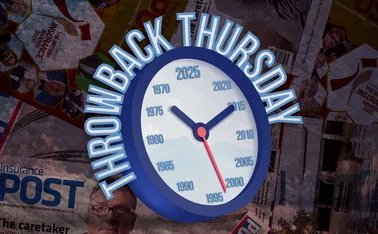
Special Report: The future of personal lines insurance: Expert view

The insurance industry needs to understand the demands of its future customers if it is to satisfy their expectations. EXL’s head of UK and Europe and SVP Insurance, Nigel Edwards explains how smarter insurers will adopt personalisation and a frictionless purchasing and servicing experience to win out
Nigel Edwards, head of UK and Europe and SVP Insurance, EXLUK insurers are all aware that they need to prepare for the future, taking a digital-centric approach and
Only users who have a paid subscription or are part of a corporate subscription are able to print or copy content.
To access these options, along with all other subscription benefits, please contact info@postonline.co.uk or view our subscription options here: https://subscriptions.postonline.co.uk/subscribe
You are currently unable to print this content. Please contact info@postonline.co.uk to find out more.
You are currently unable to copy this content. Please contact info@postonline.co.uk to find out more.
Copyright Infopro Digital Limited. All rights reserved.
As outlined in our terms and conditions, https://www.infopro-digital.com/terms-and-conditions/subscriptions/ (point 2.4), printing is limited to a single copy.
If you would like to purchase additional rights please email info@postonline.co.uk
Copyright Infopro Digital Limited. All rights reserved.
You may share this content using our article tools. As outlined in our terms and conditions, https://www.infopro-digital.com/terms-and-conditions/subscriptions/ (clause 2.4), an Authorised User may only make one copy of the materials for their own personal use. You must also comply with the restrictions in clause 2.5.
If you would like to purchase additional rights please email info@postonline.co.uk









